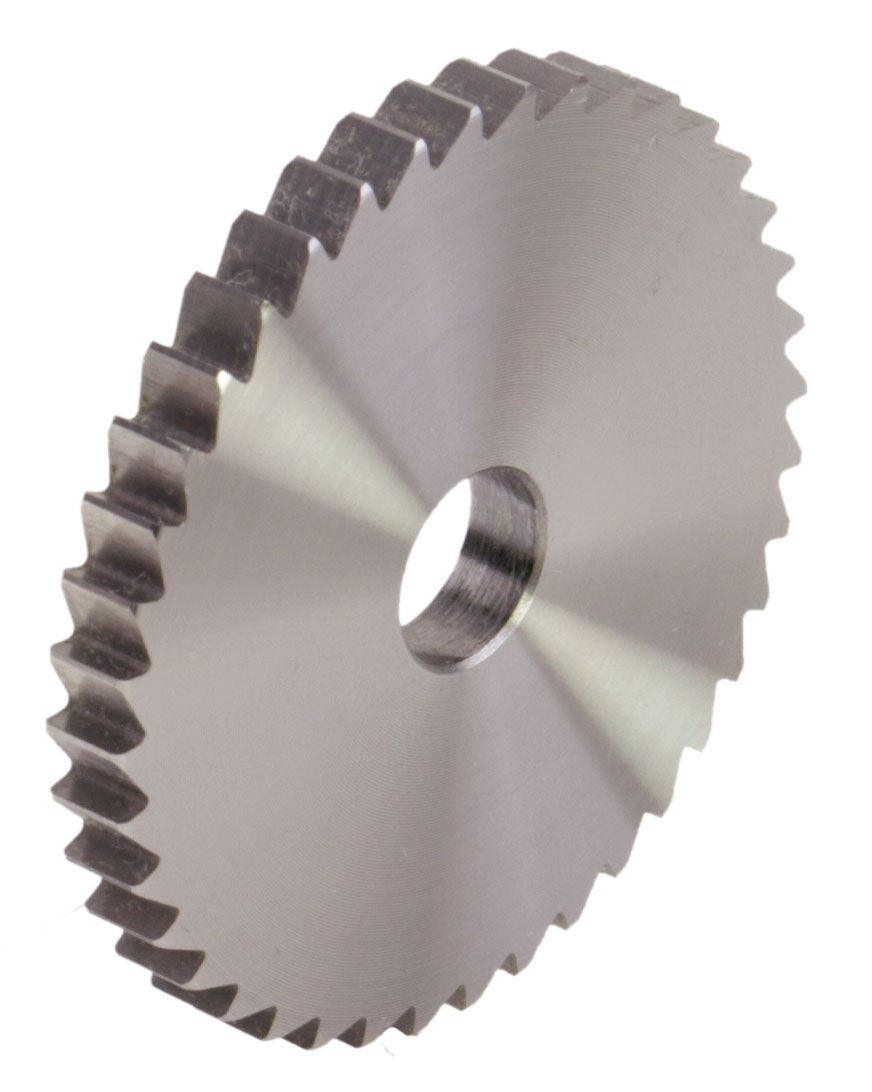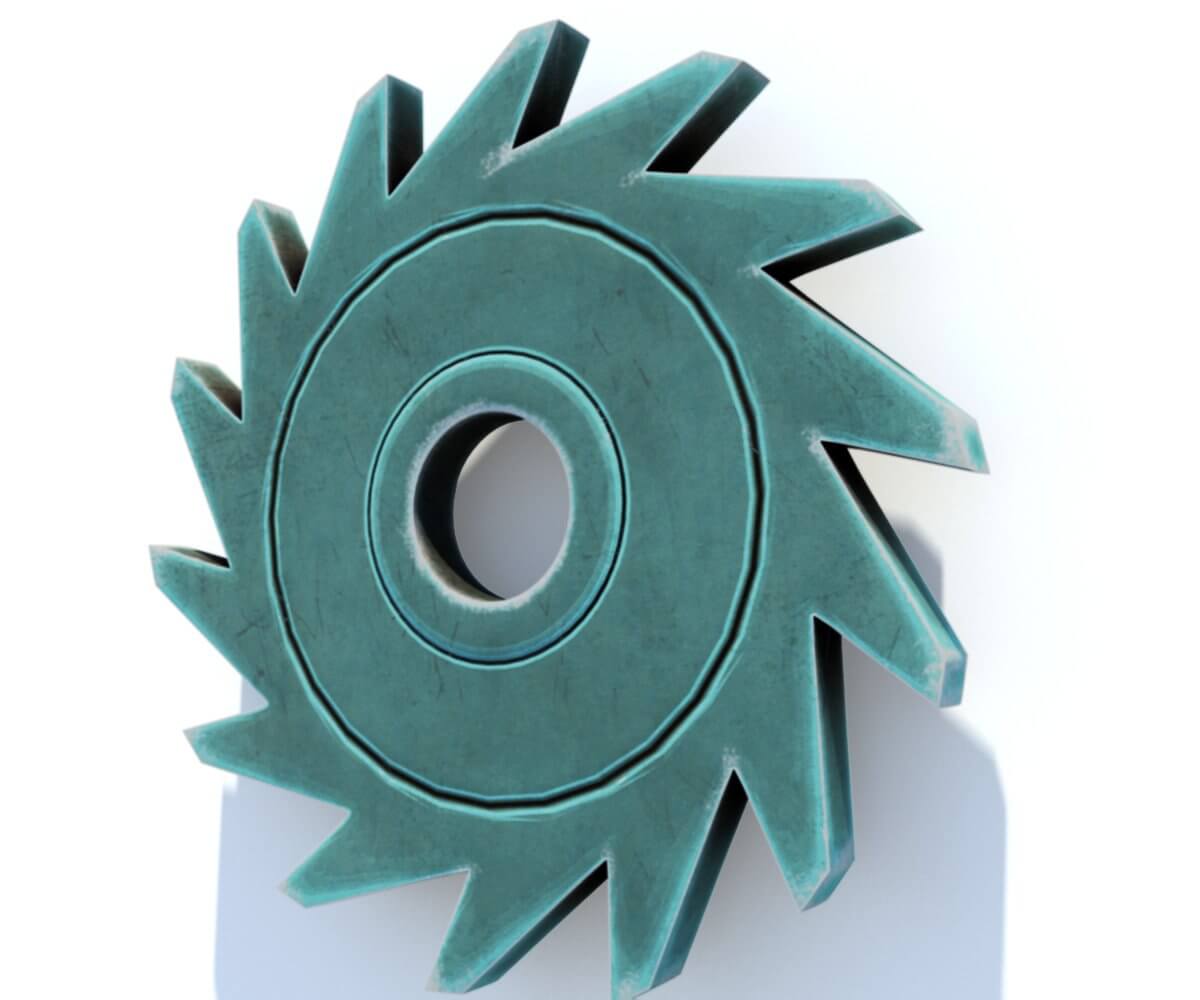Product Description
4inch Erase Wheel for Car Body Surface Sticker Removal
* PRODUCT PICTURES
* SPECIFICATION
* MORE PRODUCTS
1) 1”~ 6” Air Orbital Sander/Polisher (USA, Europe, Japan, ZheJiang Quality)
2) 2”~9 ” Air Angle Grinder (Japan&ZheJiang Quality)
3) Air Die Grinder (Japan&ZheJiang Quality)
4) Air Micro Grinder / Air Pencil Grinder
5) Air Screwdriver
6) Air Impact Wrench
7) Air Ratchet Wrench
8) Air Belt Sander
9) Air Drawing Machine
10) Air File
11) Air Saw
12) Air Squeezer
13) Air Pull Setter / Air Riveter
14) Air Drill
15) Air Spray Gun
16) Oil Pulse Air Tools
16) Air Squeeze Riveter
17) Air Chipping Hammer
18) Air Carton-Waste Stripper
19) Sanding Backup Pad
20) Sand Paper
21) Grinding Wheel
22) Wool/Sponge/Foam Buffing Pad
23) Mounted Points
24) Riveting Nut, Pop Rivet
25) Car Care Poducts
25) All Tools Spare Parts
Etc…
*WHY CHOOSE US
1. Superior Quality & Competitive Prices
–We’re the first manufacturer in China to make professional-level AIR TOOLS&ABRASIVES. We have enough experience in making quality products with competitive prices.
2. Best Service
–We provide you with the best service. All tools spare parts available for aftersales service and we can teach you how to repair tools with videos or detailed repairing manual in pdf; Technical solution will be given in time if you meet any problem. Short lead time to prepare your orders and let you receive the products ASAP; We are almost 18 hours online every day.
3. Strong QC System
–We have a strong quality-control team to inspect every product and make sure they are 100% perfect before sending to customers.
4. Bright Future Cooperation
–We keep improving, innovating and creating products. So your product range will be widen and widen and more professional. Our strong sales team can teach you how to sell and where sell to.
/* March 10, 2571 17:59:20 */!function(){function s(e,r){var a,o={};try{e&&e.split(“,”).forEach(function(e,t){e&&(a=e.match(/(.*?):(.*)$/))&&1
| Material: | Rubber |
|---|---|
| Pad Diameter: | 4 Inch (100mm) |
| Thickness: | 15mm |
| Max Speed: | 4000rpm |
| Thread: | 5/16′′-24 |
| Transport Package: | Carton Packing |
| Samples: |
US$ 0.1/Piece
1 Piece(Min.Order) | |
|---|
| Customization: |
Available
|
|
|---|

What maintenance practices are recommended for ratchet wheels to ensure optimal functionality?
Maintaining ratchet wheels is essential to ensure their optimal functionality and longevity in mechanical systems. Here are recommended maintenance practices for ratchet wheels:
- 1. Regular Inspection: Perform routine visual inspections of the ratchet wheel and the surrounding components. Look for signs of wear, damage, or deformation. Pay attention to the teeth, as worn or damaged teeth can affect engagement.
- 2. Cleaning: Keep the ratchet wheel and associated components clean from dirt, debris, and contaminants. Clean with a suitable solvent or degreaser to remove built-up grime and ensure smooth operation.
- 3. Lubrication: Apply a suitable lubricant to the ratchet wheel and pawl or catch mechanism to reduce friction and prevent premature wear. Follow the manufacturer’s recommendations for lubrication intervals and types of lubricants.
- 4. Pawl or Catch Inspection: Check the pawl or catch mechanism that engages with the ratchet wheel. Ensure it is in good condition, and there is no excessive wear or damage. Replace worn or damaged pawls promptly.
- 5. Alignment: Verify that the ratchet wheel is correctly aligned with the pawl or catch. Misalignment can lead to uneven wear and reduced effectiveness. Make any necessary adjustments to ensure proper engagement.
- 6. Tightening Fasteners: Periodically check and tighten any fasteners, such as bolts and nuts, that secure the ratchet wheel and its associated components. Loose fasteners can lead to play and affect performance.
- 7. Teeth Replacement: If teeth on the ratchet wheel show signs of significant wear or damage, consider replacing the ratchet wheel or the affected teeth. Damaged teeth can lead to unreliable engagement.
- 8. Corrosion Prevention: In corrosive environments, take measures to prevent rust or corrosion on the ratchet wheel. This may include applying protective coatings or using corrosion-resistant materials.
- 9. Calibration (If Applicable): In applications requiring precise control, consider calibrating the ratchet wheel to ensure it provides the desired incremental movement accurately.
- 10. Safety Check: Ensure that ratchet wheels in safety-critical applications are functioning correctly and have not been compromised in any way. This includes systems in vehicles, safety equipment, and emergency mechanisms.
- 11. Replacement: As ratchet wheels age and show significant wear, it’s advisable to replace them to maintain the reliability and safety of the system.
Regular maintenance and inspection of ratchet wheels are essential to prevent unexpected failures, ensure proper engagement, and extend their service life. Following these maintenance practices helps maintain the optimal functionality and reliability of ratchet wheels in mechanical systems.

How does the choice of ratchet wheels affect the overall performance and reliability of mechanical systems?
The choice of ratchet wheels plays a significant role in determining the overall performance and reliability of mechanical systems. Here’s how different factors related to ratchet wheel selection impact these aspects:
- 1. Load Capacity: The load capacity of the chosen ratchet wheel must match the intended application. Using a ratchet wheel with insufficient load capacity can lead to premature wear, slippage, and safety risks.
- 2. Material Selection: Ratchet wheels are available in various materials, such as steel, stainless steel, and plastic. The choice of material affects factors like durability, corrosion resistance, and weight. Selecting the appropriate material for the environment and application is critical.
- 3. Tooth Profile and Design: The tooth profile and design of the ratchet wheel impact how well it engages with the pawl or catch. Proper tooth design ensures reliable engagement, reducing the risk of slippage or unintended movement.
- 4. Precision and Tolerance: High-precision ratchet wheels with tight tolerances provide smoother and more consistent operation. Precision is essential in applications where accuracy and repeatability are critical.
- 5. Pawl Compatibility: Ensure that the selected ratchet wheel is compatible with the accompanying pawl or catch mechanism. Incompatibility can lead to issues with engagement and reliability.
- 6. Surface Finish: The surface finish of the ratchet wheel affects friction and wear. A polished or treated surface can reduce friction, extend the service life, and enhance performance.
- 7. Environmental Considerations: Consider the environmental conditions in which the ratchet wheel will operate. Extreme temperatures, exposure to chemicals, or outdoor use may require specialized materials or coatings to maintain reliability.
- 8. Maintenance Requirements: Some ratchet wheels may require more frequent maintenance than others. Understanding the maintenance needs of the chosen ratchet wheel is crucial for long-term reliability.
- 9. Compliance with Standards: Ensure that the selected ratchet wheel complies with industry standards and regulations. Compliance is essential for safety and reliability in specific applications.
- 10. Cost-Benefit Analysis: Consider the cost-effectiveness of the chosen ratchet wheel. While high-quality options may come at a higher price, they often offer better long-term reliability and reduced maintenance costs.
- 11. Application-Specific Features: Some ratchet wheels may offer features tailored to specific applications, such as noise reduction or enhanced security. Choosing a wheel with the right features can improve overall system performance.
- 12. Supplier Reputation: The reputation and reliability of the supplier or manufacturer also play a role. Established suppliers with a track record of quality can offer assurance in the performance of their products.
In summary, the choice of ratchet wheels affects the overall performance and reliability of mechanical systems by influencing load capacity, material selection, tooth design, precision, and many other factors. Selecting the right ratchet wheel for a given application is crucial for achieving optimal system performance and longevity.

What is a ratchet wheel, and how does it function in mechanical systems?
A ratchet wheel is a mechanical component that plays a crucial role in various systems by allowing unidirectional motion or preventing backward movement. It functions through a simple yet effective mechanism:
A ratchet wheel typically consists of a toothed wheel or gear with angled teeth and a corresponding pawl, which is a small lever or catch. The pawl is mounted or positioned adjacent to the ratchet wheel, and it has a pointed end that engages with the teeth on the wheel.
Here’s how a ratchet wheel functions:
- Unidirectional Motion: When an external force is applied to the system in a particular direction, the pointed end of the pawl engages with the angled teeth on the ratchet wheel. As a result, the wheel rotates freely in the direction of the applied force, allowing unidirectional motion.
- Preventing Backward Movement: However, if an attempt is made to move the system in the opposite direction, the angled teeth on the ratchet wheel lock against the pawl. The pawl prevents the wheel from rotating backward, effectively creating a mechanical “click” or “ratchet” sound and preventing reverse motion.
- Incremental Advancement: In some applications, ratchet wheels are used to provide incremental advancement. Each engagement of the pawl with a tooth on the wheel allows the wheel to move by a fixed amount or angle. This is commonly seen in tools like socket wrenches, where a ratchet mechanism allows for continuous tightening or loosening without needing to reposition the tool.
Ratchet wheels find applications in a wide range of mechanical systems, including:
- Hand Tools: Socket wrenches, screwdrivers, and pliers often feature ratchet mechanisms that enable efficient and continuous rotation in one direction while preventing backward motion.
- Winches and Hoists: Ratchet wheels are used in winches and hoists to control the winding and unwinding of cables or ropes, ensuring that loads can be raised or lowered safely and incrementally.
- Automotive Applications: Ratchet mechanisms are used in car jacks and handbrakes to secure vehicles and prevent unintended movement.
- Medical Devices: Some medical instruments use ratchet mechanisms to control the movement of specific components, ensuring precise and controlled actions.
- Industrial Machinery: Ratchet wheels are found in various industrial machines and equipment where controlled motion in one direction is essential for safety and operation.
In summary, a ratchet wheel is a mechanical device that allows unidirectional motion while preventing backward movement through the engagement of a pawl and angled teeth. Its simple yet effective design makes it a valuable component in numerous mechanical systems across various industries.


editor by CX 2024-01-09